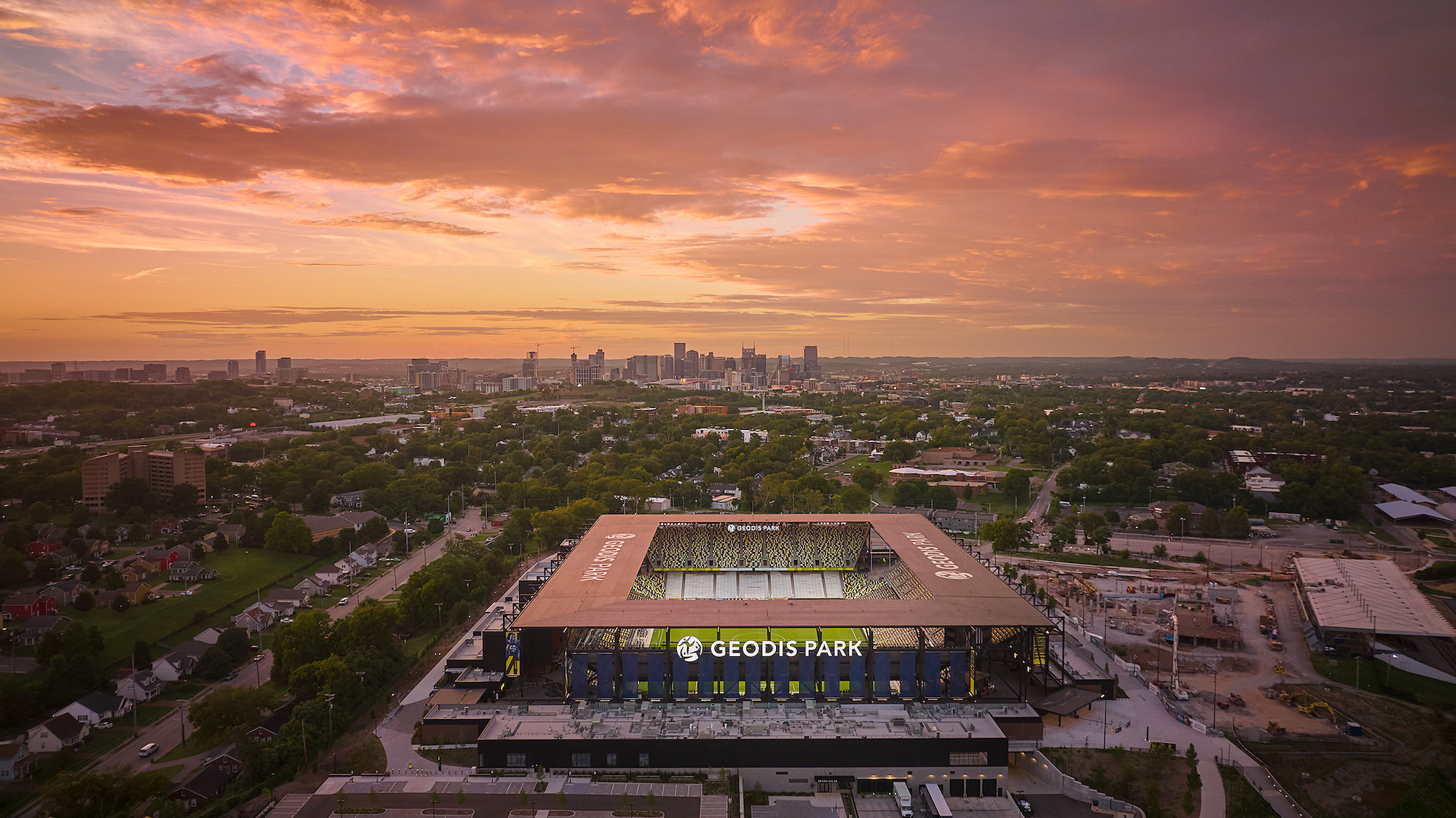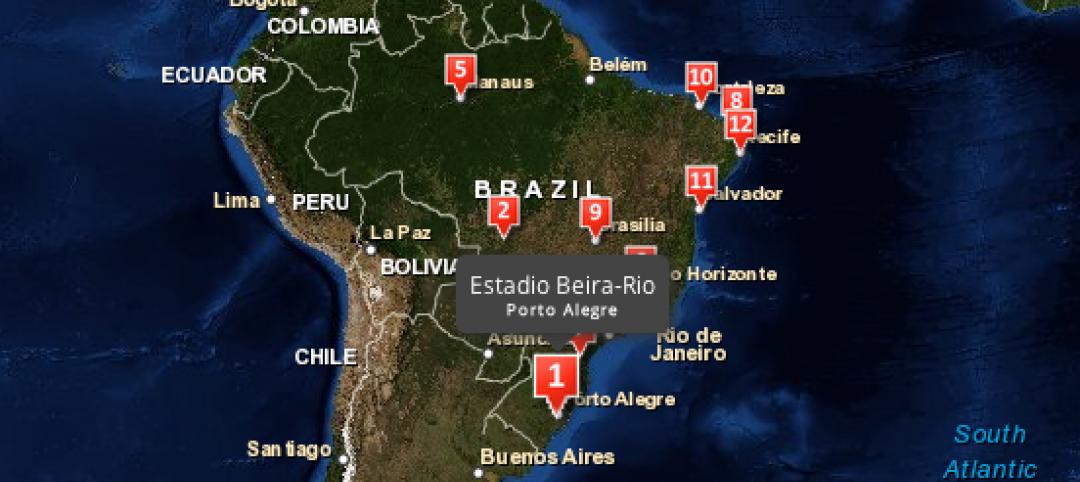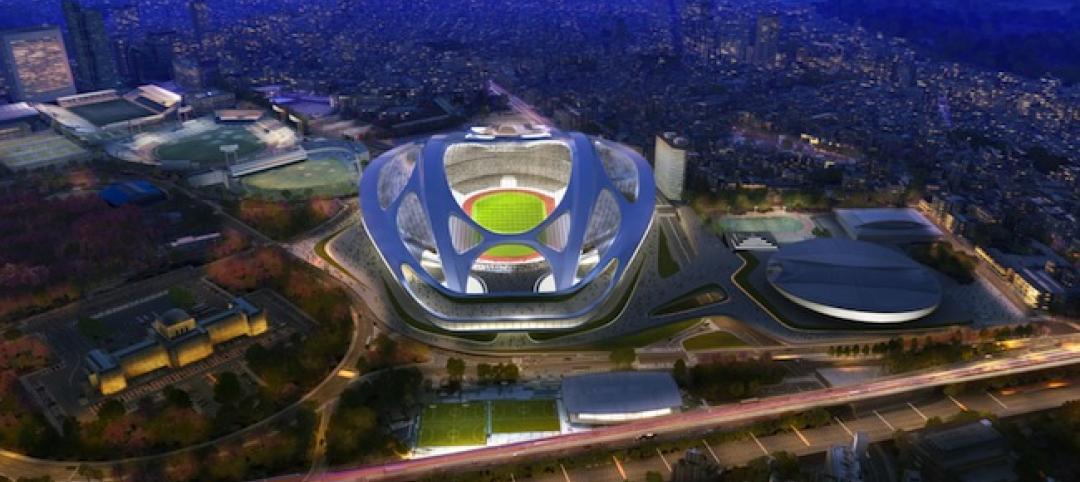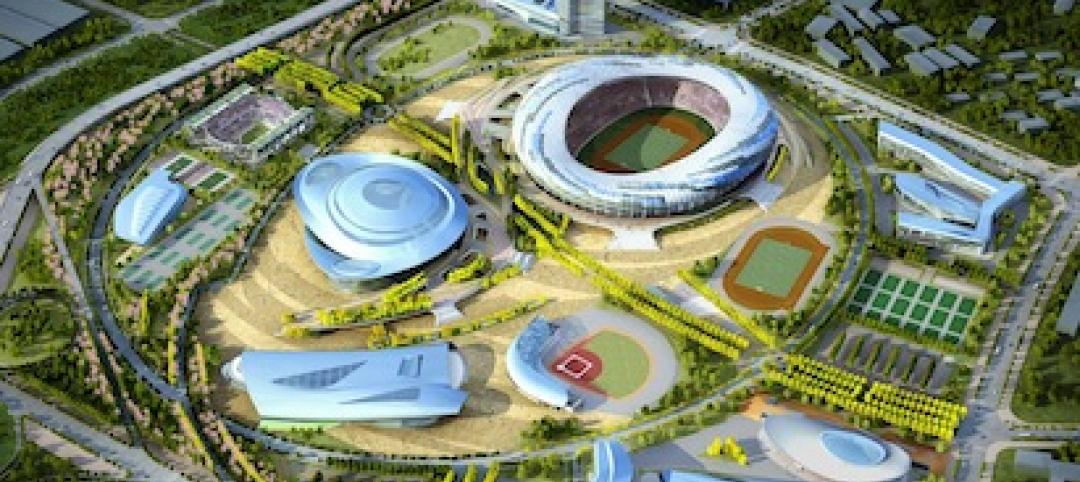At 30,105 seats and 530,000 sf, GEODIS Park, which opened in 2022, is the largest soccer-specific stadium in the U.S. and Canada. Created by design firms Populous and HASTINGS in collaboration with the Metro Nashville Sports Authority, GEODIS Park serves as the home of the Nashville Soccer Club as well as a venue for performances and events.
One mile south of downtown Nashville, GEODIS Park is located in Wedgewood-Houston, a neighborhood with former industrial factories alongside single-family homes. The stadium’s design reflects that history—with both the industrial scale of its high canopy structure and the residential scale of its brick-clad ground-level structures surrounding the concourse.
The open-air venue is protected by a 360-degree canopy. There are just 150 feet of distance between the touchline and the last row of seats, while a dedicated 3,150-sf safe standing supporters’ section provides the closest-possible sightlines to the pitch. A 65-foot-wide shared concourse features a variety of local concessions.
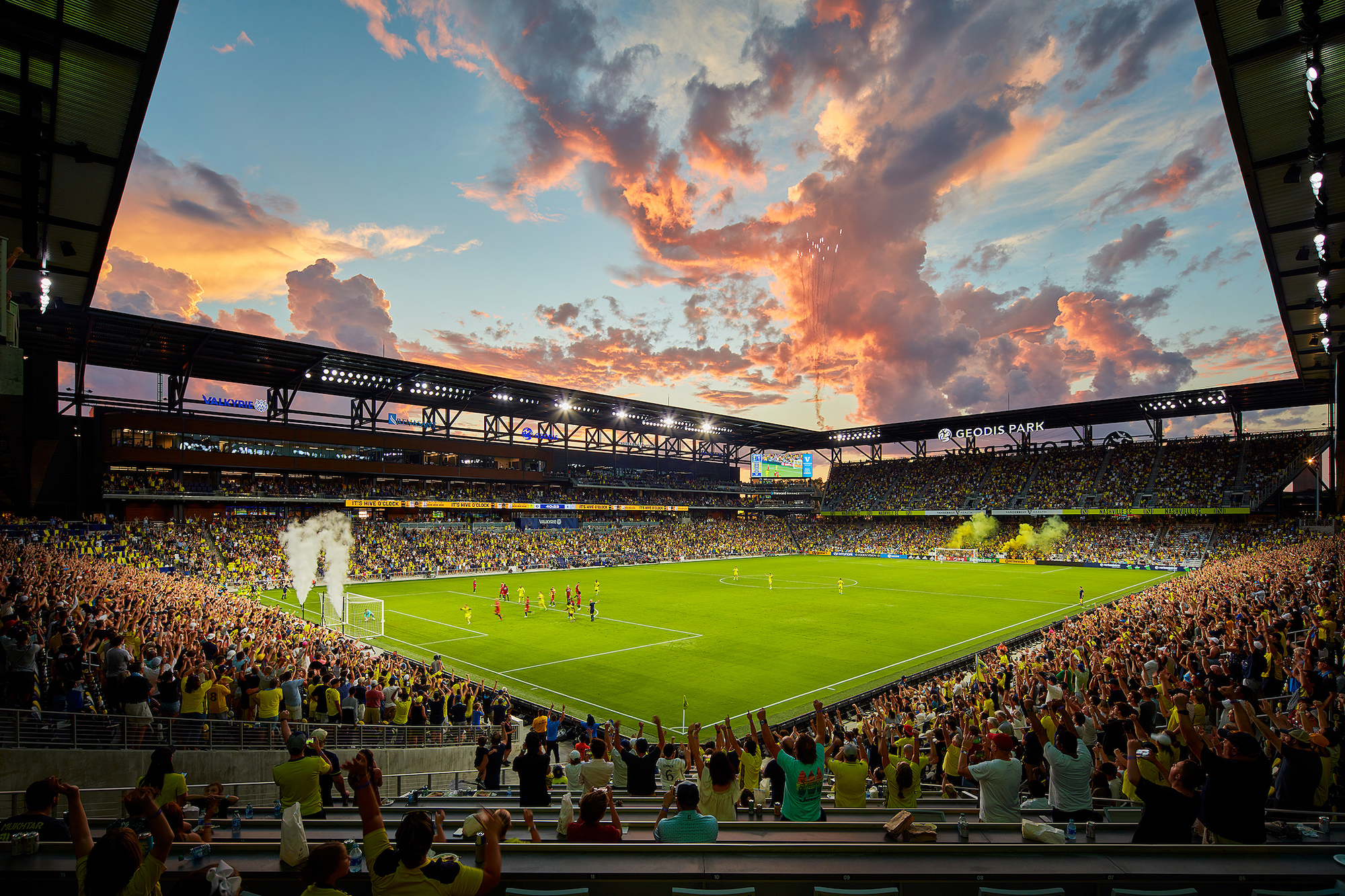
With 65,000-sf of open space surrounding the stadium’s footprint, the venue can be used year round by the community. This area includes a 17,000-sf park with an exterior-facing video board to host away game watch parties as well as community events. Situated within the Nashville Fairgrounds, the concert-ready venue has a capacity of 27,000.
GEODIS Park also offers three clubs: a luxury club experience, another club with a Nashville music-centric theme, and a third that has the feel of a classic sports bar with several televisions.
On the building team:
Owner: Metro Nashville Sports Authority
Owner’s representative: CAA ICON
Design architect: HASTINGS
Architect of record and design architect: Populous
MEP engineer: ME Engineers / DFH Services
Structural engineer: Walter P Moore / Logan Patri Engineering
Construction manager: Mortenson / Messer
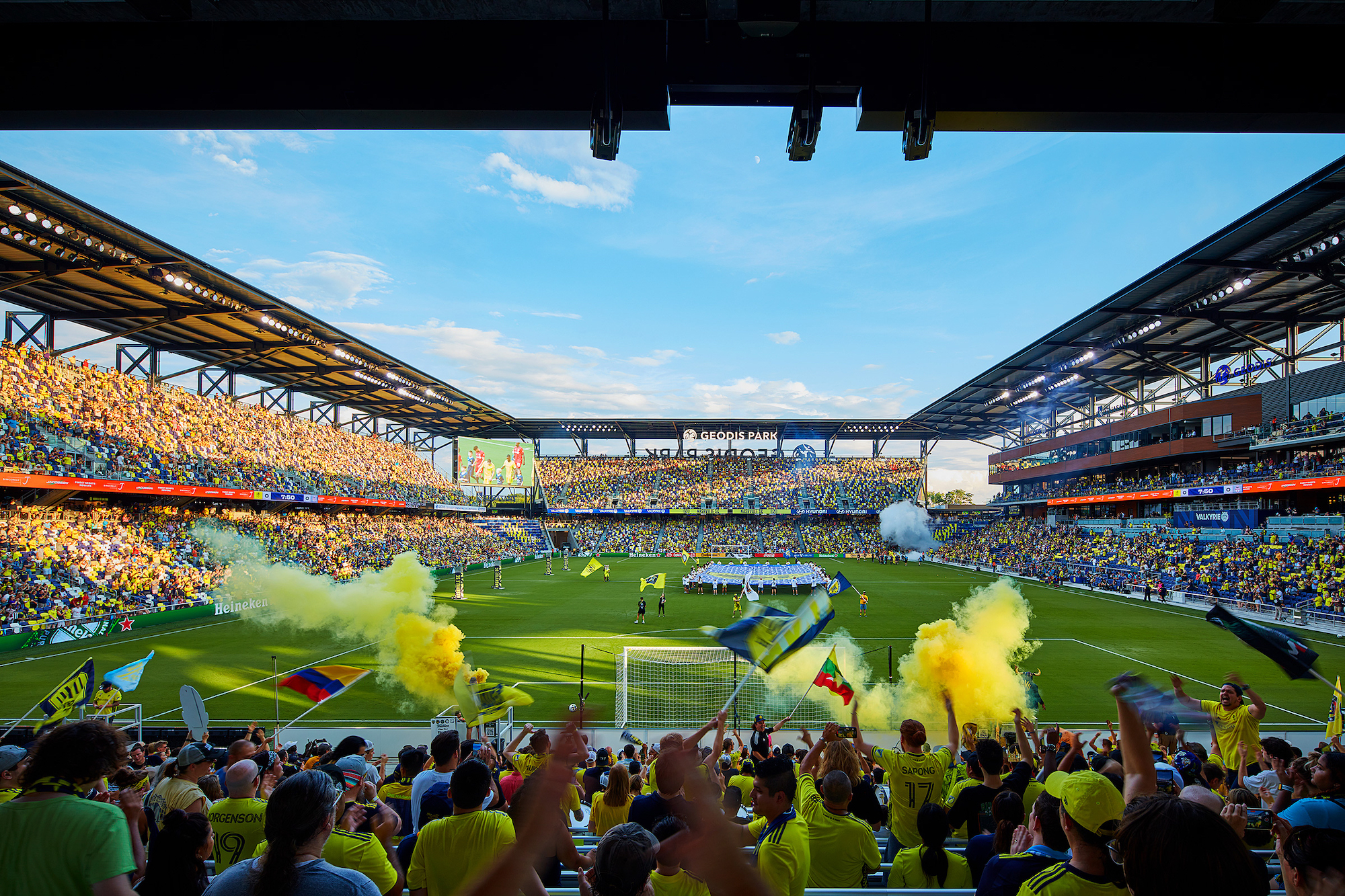

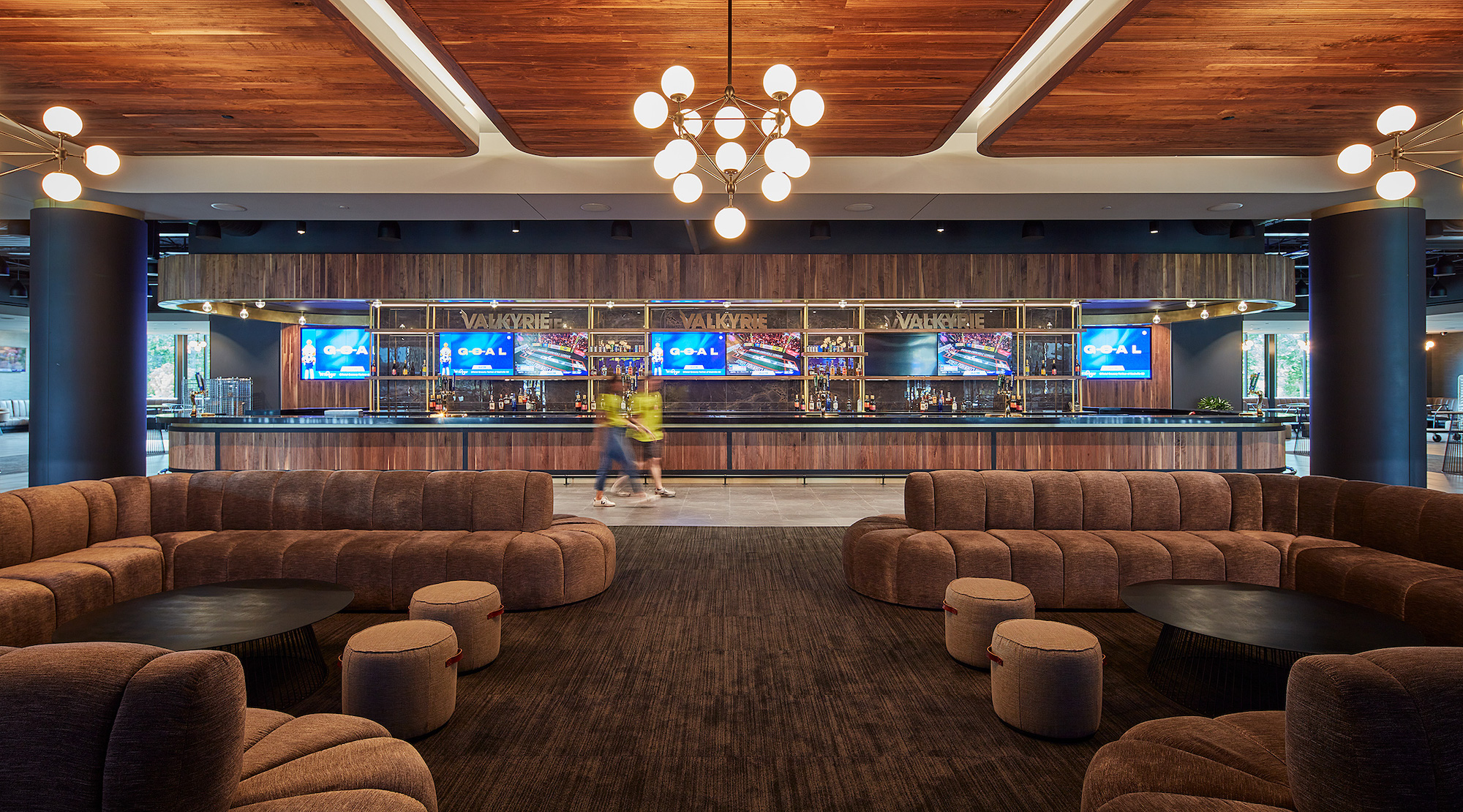
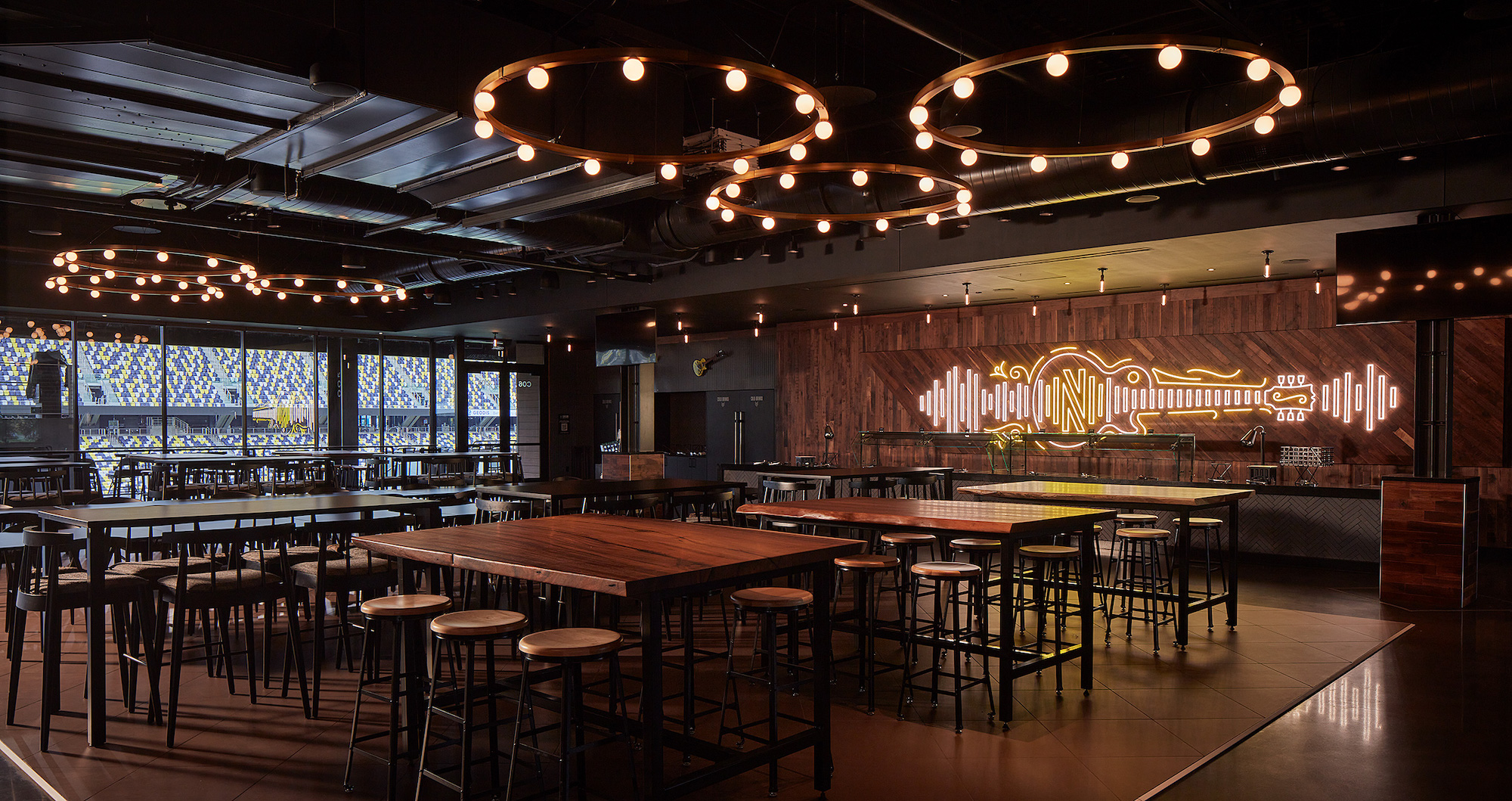

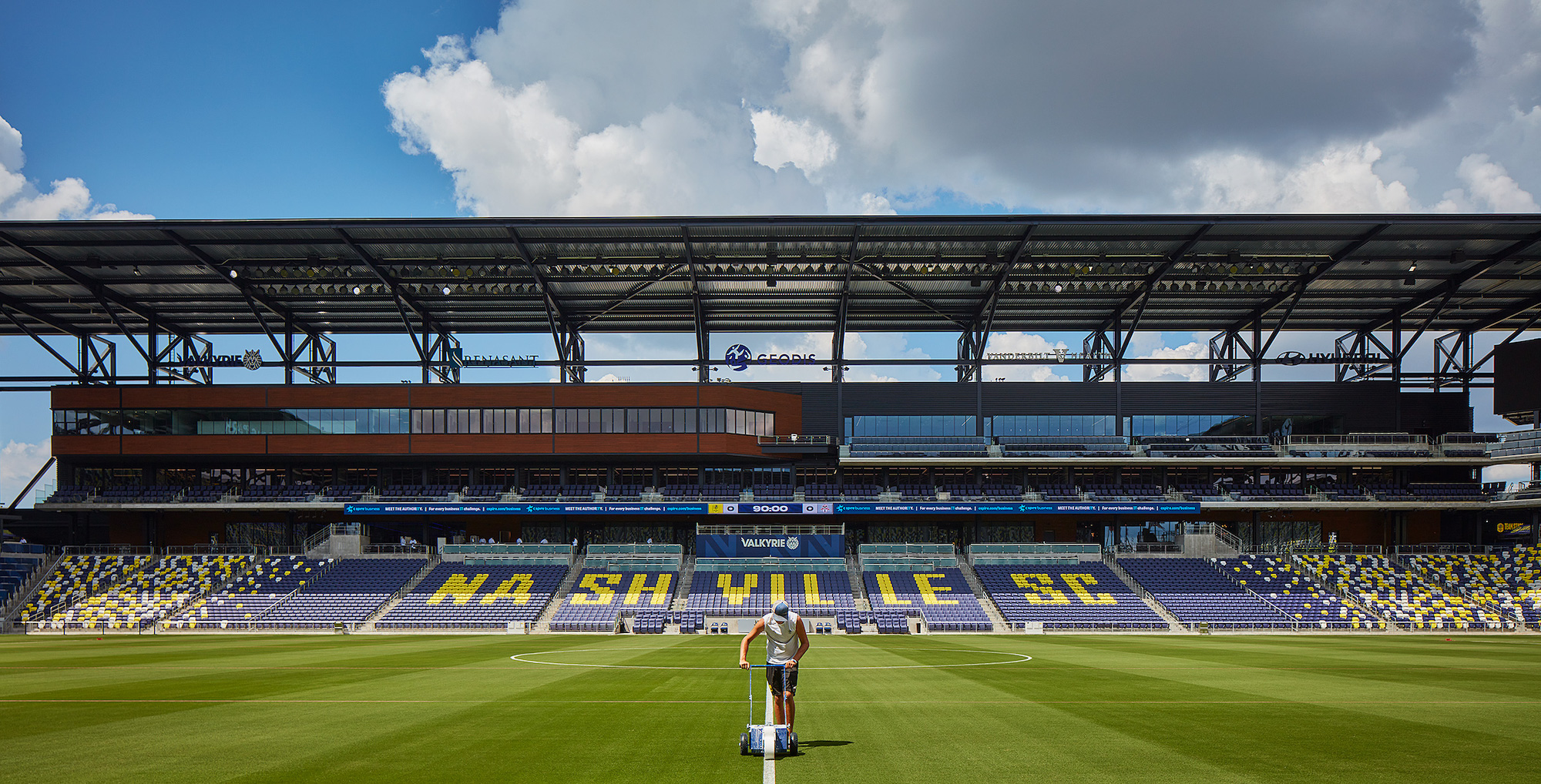
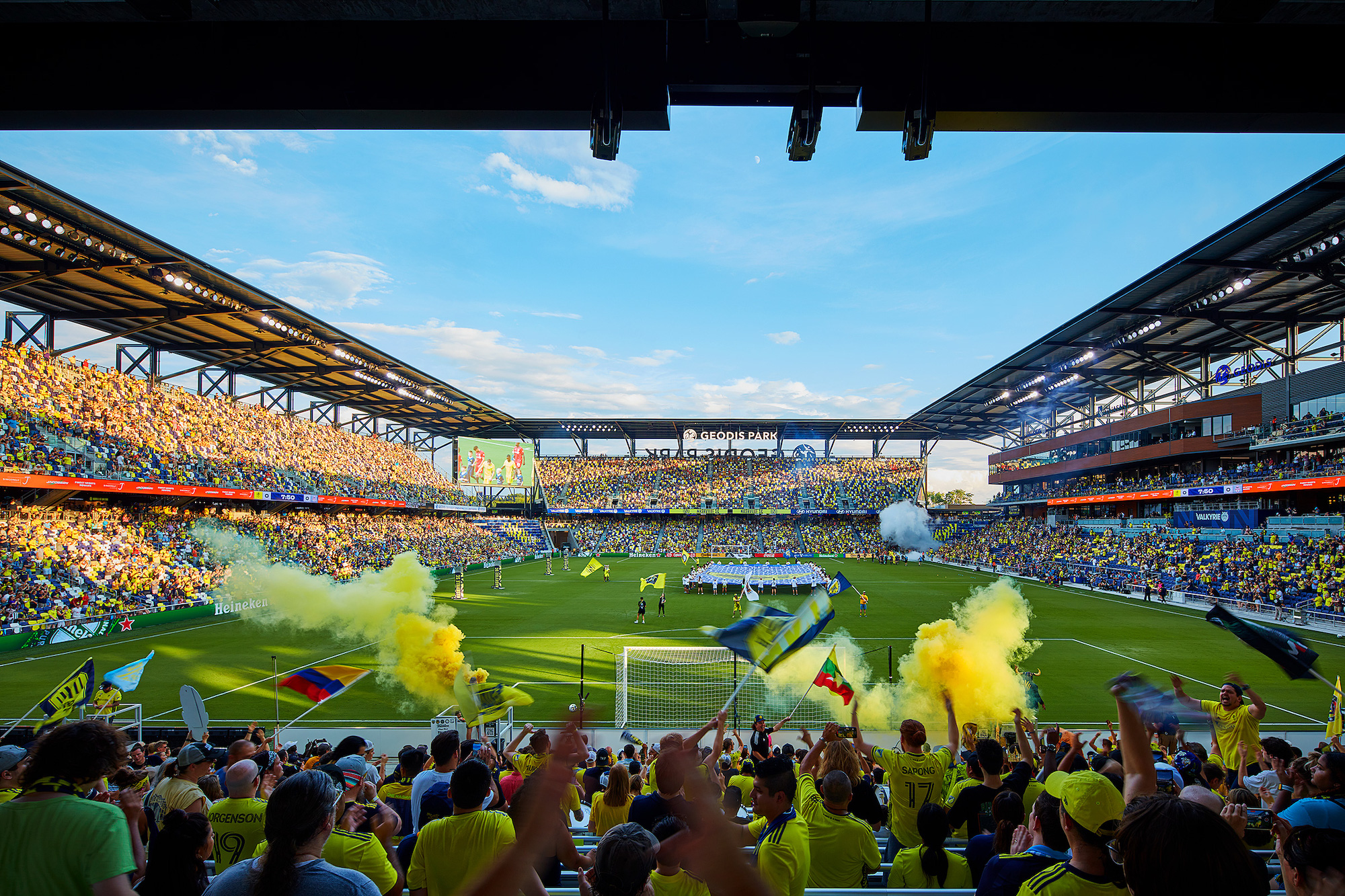

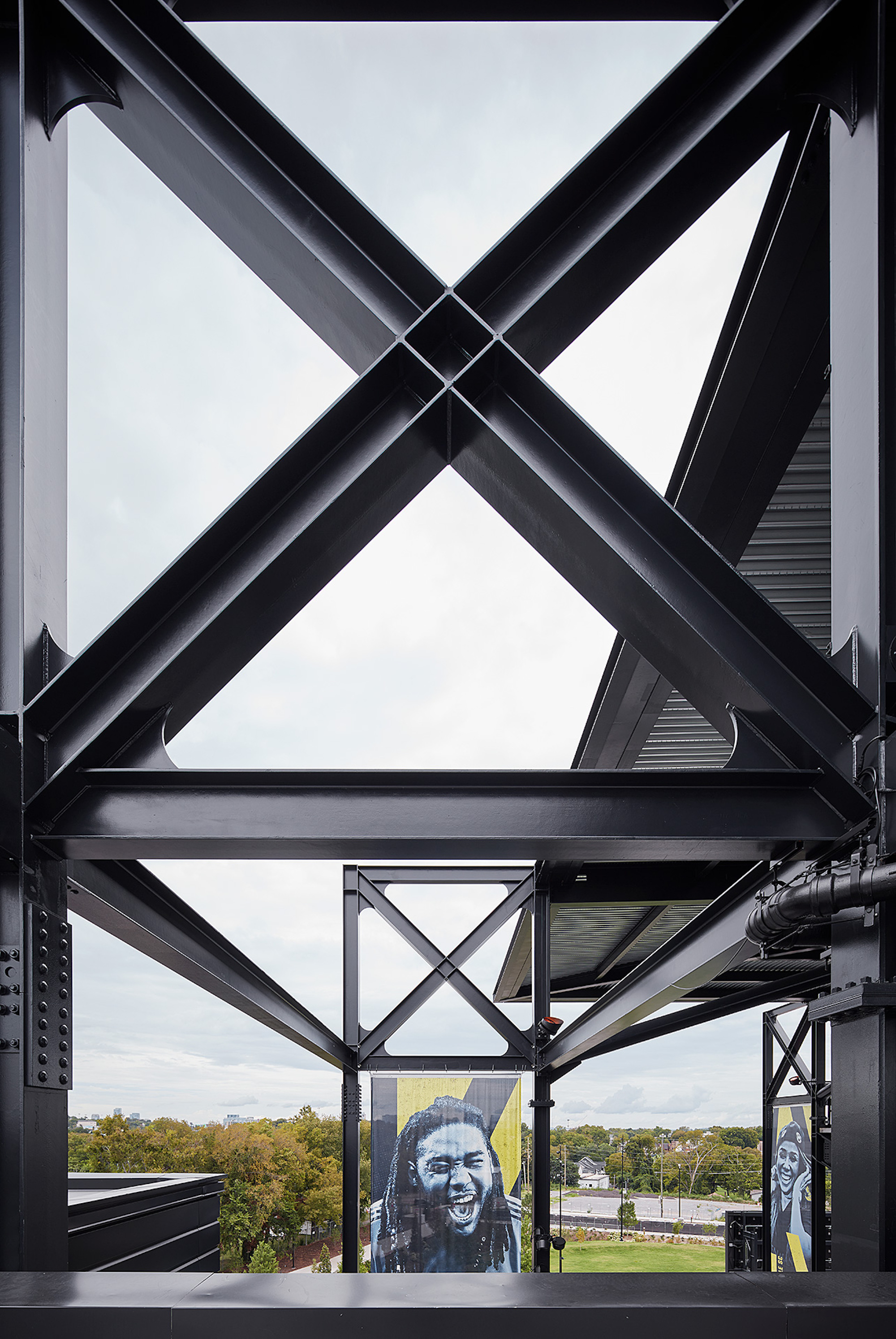
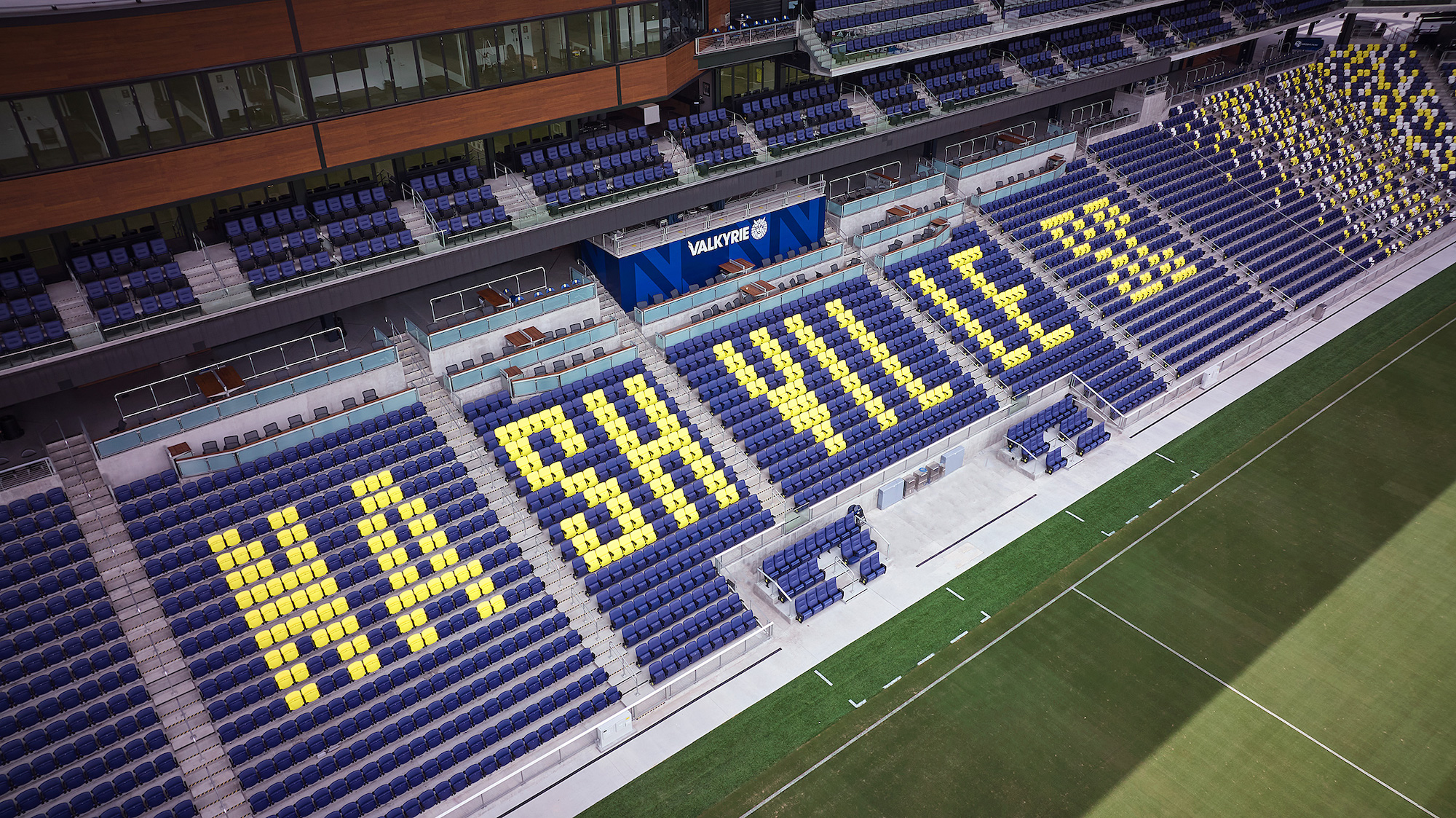
Related Stories
| Jun 12, 2014
Austrian university develops 'inflatable' concrete dome method
Constructing a concrete dome is a costly process, but this may change soon. A team from the Vienna University of Technology has developed a method that allows concrete domes to form with the use of air and steel cables instead of expensive, timber supporting structures.
| Jun 11, 2014
Esri’s interactive guide to 2014 World Cup Stadiums
California-based Esri, a supplier of GIS software, created a nifty interactive map that gives viewers a satellite perspective of Brazil’s many new stadiums.
| Jun 4, 2014
Construction team named for Atlanta Braves ballpark
A joint venture between Barton Malow, Brasfield & Gorrie, Mortenson Construction, and New South Construction will build the Atlanta Braves ballpark, which is scheduled to open in early 2017. Check out the latest renderings of the plan.
| Jun 2, 2014
Parking structures group launches LEED-type program for parking garages
The Green Parking Council, an affiliate of the International Parking Institute, has launched the Green Garage Certification program, the parking industry equivalent of LEED certification.
| May 29, 2014
7 cost-effective ways to make U.S. infrastructure more resilient
Moving critical elements to higher ground and designing for longer lifespans are just some of the ways cities and governments can make infrastructure more resilient to natural disasters and climate change, writes Richard Cavallaro, President of Skanska USA Civil.
| May 22, 2014
Just two years after opening, $60 million high school stadium will close for repairs
The 18,000-seat Eagle Stadium in Allen, Texas, opened in 2012 to much fanfare. But cracks recently began to appear throughout the structure, causing to the school district to close the facility.
| May 20, 2014
Kinetic Architecture: New book explores innovations in active façades
The book, co-authored by Arup's Russell Fortmeyer, illustrates the various ways architects, consultants, and engineers approach energy and comfort by manipulating air, water, and light through the layers of passive and active building envelope systems.
| May 19, 2014
What can architects learn from nature’s 3.8 billion years of experience?
In a new report, HOK and Biomimicry 3.8 partnered to study how lessons from the temperate broadleaf forest biome, which houses many of the world’s largest population centers, can inform the design of the built environment.
| May 16, 2014
Toyo Ito leads petition to scrap Zaha Hadid's 2020 Olympic Stadium project
Ito and other Japanese architects cite excessive costs, massive size, and the project's potentially negative impact on surrounding public spaces as reasons for nixing Hadid's plan.
| May 13, 2014
First look: Nadel's $1.5 billion Dalian, China, Sports Center
In addition to five major sports venues, the Dalian Sports Center includes a 30-story, 440-room, 5-star Kempinski full-service hotel and conference center and a 40,500-square-meter athletes’ training facility and office building.


